The Henry B. Plant Museum welcomes you to a postcard tour of the grounds of the Tampa Bay Hotel. This guide will lead you to many of the sites that were present in 1891 and still exist today.
Transportation
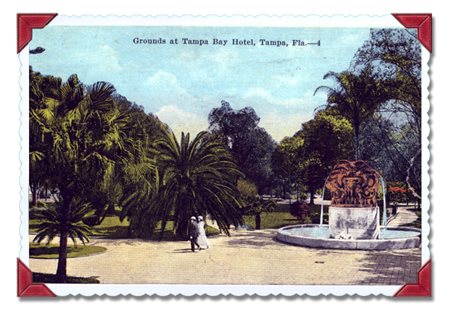
The Henry Plant memorial fountain was commissioned after Mr. Plant's death in 1899. This carved stone sculpture was erected as a tribute to Mr. Plant and his Plant System of trains and ships. The sculptor was George C. Barnard. The fountain is the oldest public art in the City of Tampa and was completely conserved in 1995.
The Oak
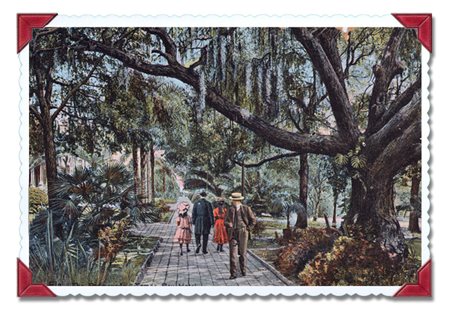
This large live oak presided over the construction of the hotel during 1888-1891. Live oaks are noted for their longevity with lives often measured in centuries. They were given the name “live” oak due to their evergreen foliage. Tampa’s inter-bay peninsula was and still is noted for its live oak forest canopy.
Au Coup de Fusil (At the Ready)
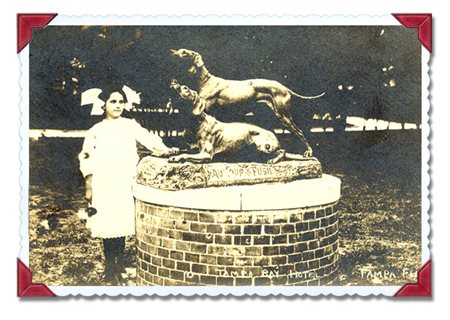
These bronze hunting dogs were cast by Maurice Denonvilliers in France in 1890. Mr. Plant had dog kennels and hunting dogs available to guests for hunting expeditions. An 1893 photo shows the dogs on the West Front near the train tracks.
The Creek
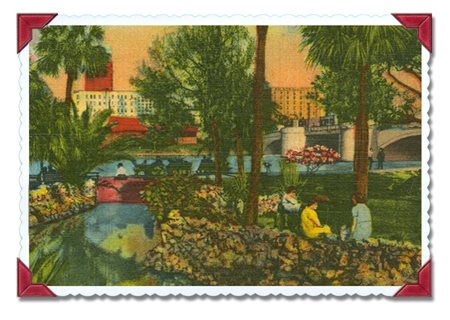
This creek, which originates from a spring underneath the building, flows down to the Hillsborough River. It’s moisture nourishes a thick growth of lush vegetation.
The Hillsborough River
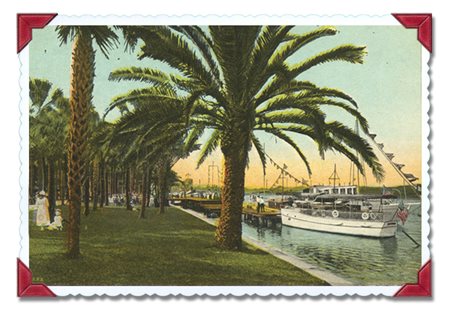
The river was one of the outstanding attractions of the Tampa Bay Hotel. It served both as an entrance to the Hotel for visitors arriving by boat and as a source of leisure activities for the guests. The Hotel maintained a Boat House with a fleet of boats for the guests to use. According to an 1891 newspaper report, the fleet included 62 boats – 35 cedar yawls, 6 birchbark canoes, 2 naptha launches, 3 sailing yachts, 5 sharpies, and 10 skiffs.
The Palm Walk
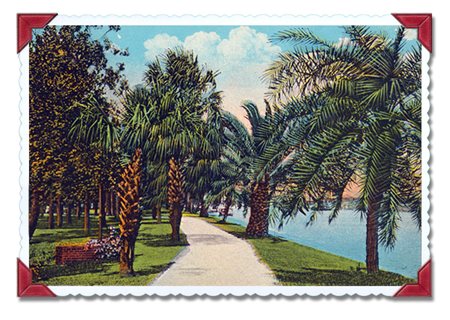
This avenue of Cabbage Palms was originally more extensive than the plants that remain today. The path created by the palms led to the Hydriotic Esplanade and docks with its network of piers and boat slips.
The Cannons
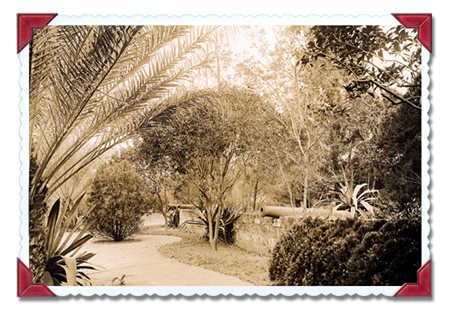
The cannons were originally located at Fort Brooke, which developed into the village of Tampa. As Henry Plant brought together the Hotel complex, he had the cannons moved to the grounds where they became the center of a small fort and a tourist attraction. A garden folly.
Carriage Entrance
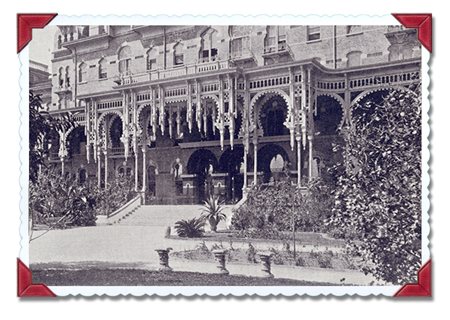
The east front opened onto the gardens and gave access to those guests arriving by carriage or by water. This is a good vantage point from which to observe the elaborate architectural detail, the wide verandas and the mixture of symmetry and asymmetry which contribute to the overall concept of the building.
Railroad Entrance
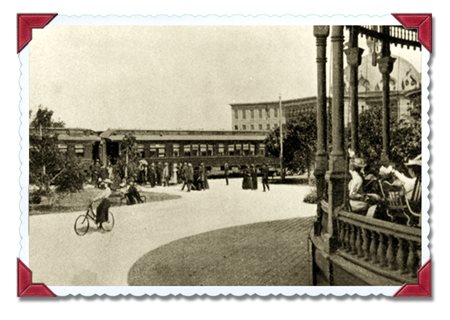
The west front welcomed those patrons arriving by train. Because the railroad tracks ended so close to these west doors, passengers could easily exit the train car and walk directly into the Hotel’s lobby. This entrance also provided direct access into both the Music Room and Grand Salon. Notice also the curving verandas which surround these two public rooms.
Moorish Byzantine Architecture
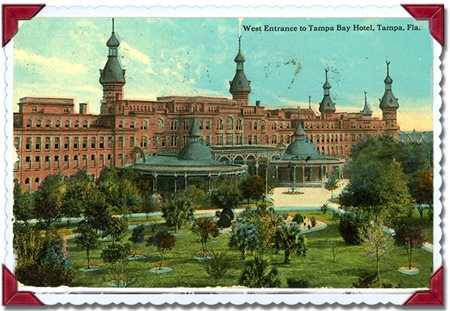
Walking around the building, you will note the Moorish architectural theme. You can count six minarets, four cupolas and three domes atop the roof. Plant chose this style because of its exotic appeal to the widely traveled Victorians.